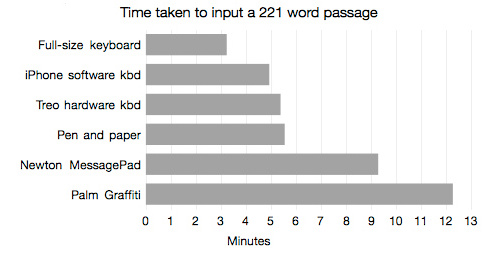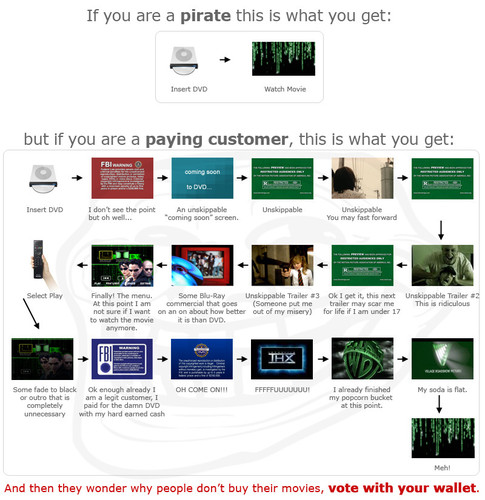The latest announcement at Gmail blog covers some of the experimental features (Gmail Labs) that will graduate the Labs, or, in other words, will become a part of the Gmail service, and some features that will retire, or, in other words, will be completely removed. While usually changes like this don’t affect myself much, this time I am in the minority. That is, I am using one of those features that will be retired – Fixed Width Font.

A lot of my emails have to do with coding and from automated scripts that send me the output. These make much more sense when displayed with fixed width font. Vertical alignment, tabulation levels, and simple table-like structures – these all break horribly when viewed with variable width font. Too bad that’s how I’ll have to look at it now.


